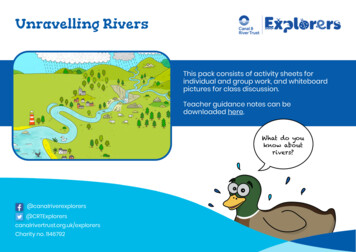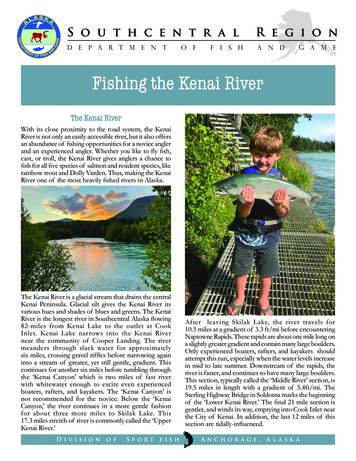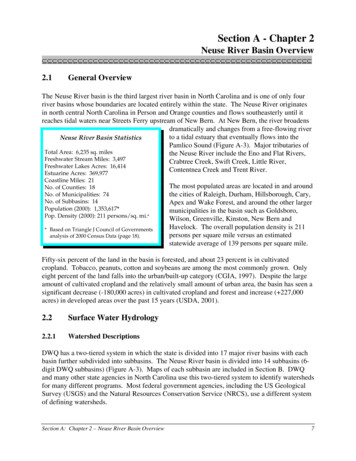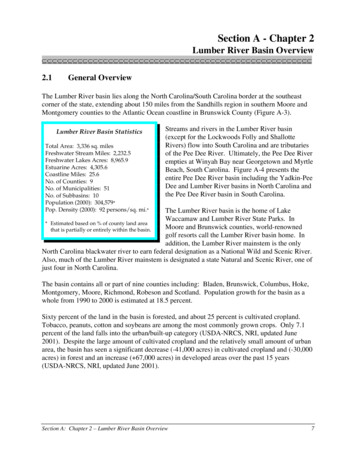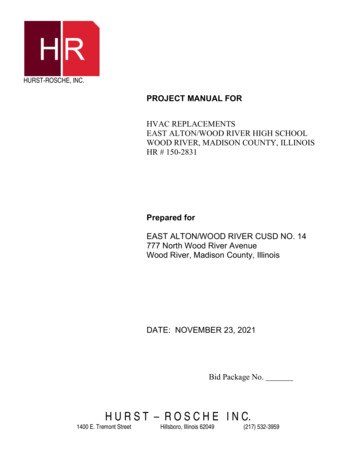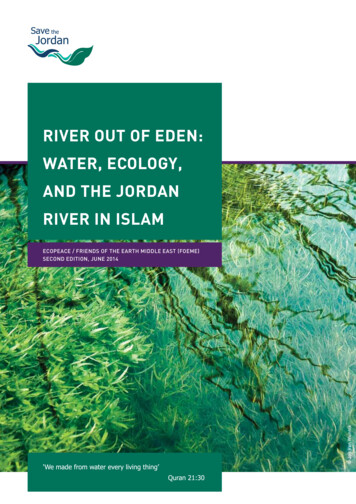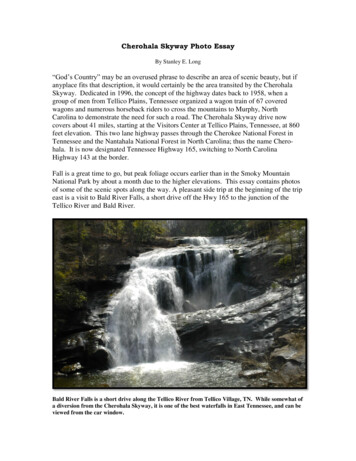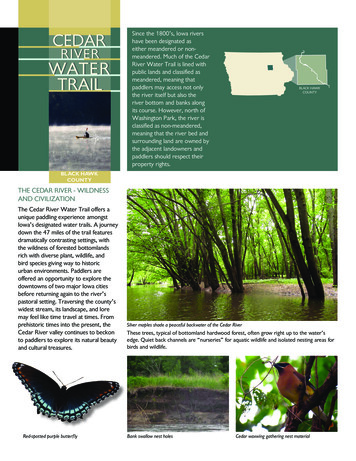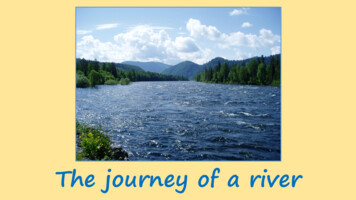
Transcription
The journey of a river
L.O.To know how a river is formedTo understand that rivers have different sections as they flow.This week’s lesson follows the course of a river from itssource to its end. There is a diagram for you to label –it has been put onto Word, so that you can edit it onscreen or print it out. The vocabulary you need isincluded throughout these pages and there is a glossaryon the last page.If you would like to see what the River Thames looks like frombeginning to end, follow this link: ThamesThis is an amateur video, so the camera work is shaky at times, but it gives a good impression.
The journey of a river We are going to look at where and howrivers start, and the journey they takeacross land to reach a larger body ofwater, such as the sea!In Kidlington we have the River Cherwell,which joins the River Thames in Oxford.Just think, the river water that is a five-minute walk from school finishes flowingthrough London.
Where and how do rivers begin?The River Thames begins at aspring in the Cotswold Hills –but where, generally, do riversbegin?How do they change from tinyhill streams to the majorwaterways we see?
Where and how do rivers begin?Clouds release their rain over the hills.Most of this soaks into the ground to becomegroundwater.Some groundwater comes to the surface to form springs.Springs join together to make streams.As the streams trickle down the hillside, they jointogether, getting bigger as they go, until they becomerivers.
The sections ofa riverThe journey of a river can bedivided into three sections.
The upper courseThe upper course of a river starts at the source. This is where a terSprings go onto formstreams
The middle courseOn either side of the middle course of the river are floodplains, these areas are flat andoften become flooded when heavy rainfall causes the river to overflow. Sometimes,another river (a tributary) will join a river; the joining point is called a confluence.Original riverTributary(joining river)FloodplainsConfluenceThe river widens to allow for the extra water that the joining river brings.
The middle course - meandersA meander is a large bend in a river. If a river floods, the neck of the meander becomes flooded andthe river will take this route – rivers take the shortest route!Over time, the neck of the meander will become the new path of the river, soil will be deposited bythe river and the meander will be cut off completely and end up forming an ox bow lake.River takesshortestrouteMeanderis cut offand oxbow lakeformsMeanderFloodSoildeposited
The lower courseThe lower course of a river leads to the mouth of the river (where the river meets thesea). The lower course has larger meanders. The river has more energy and so carries lessmaterial. It deposits the soil and other materials which eventually form small islands ordeltas.
Key wordsSource – the beginning of a river.Groundwater – rain that soaks into the ground.Spring – groundwater that comes up to the surface.Stream – a small river.River – a large natural stream of water.Floodplain – area of flat land either side, likely to flood.Confluence – the point where a tributary joins a river.Tributary – a stream or river that joins another river.Meander – a bend in a river.Ox bow lake – a lake created when a meander is cut off.Mouth – the place where a river meets the sea.Delta – a small island created by deposited material (soil).
A meander is a large bend in a river. If a river floods, the neck of the meander becomes flooded and the river will take this route - rivers take the shortest route! Over time, the neck of the meander will become the new path of the river, soil will be deposited by the river and the meander will be cut off completely and end up forming an ox .

